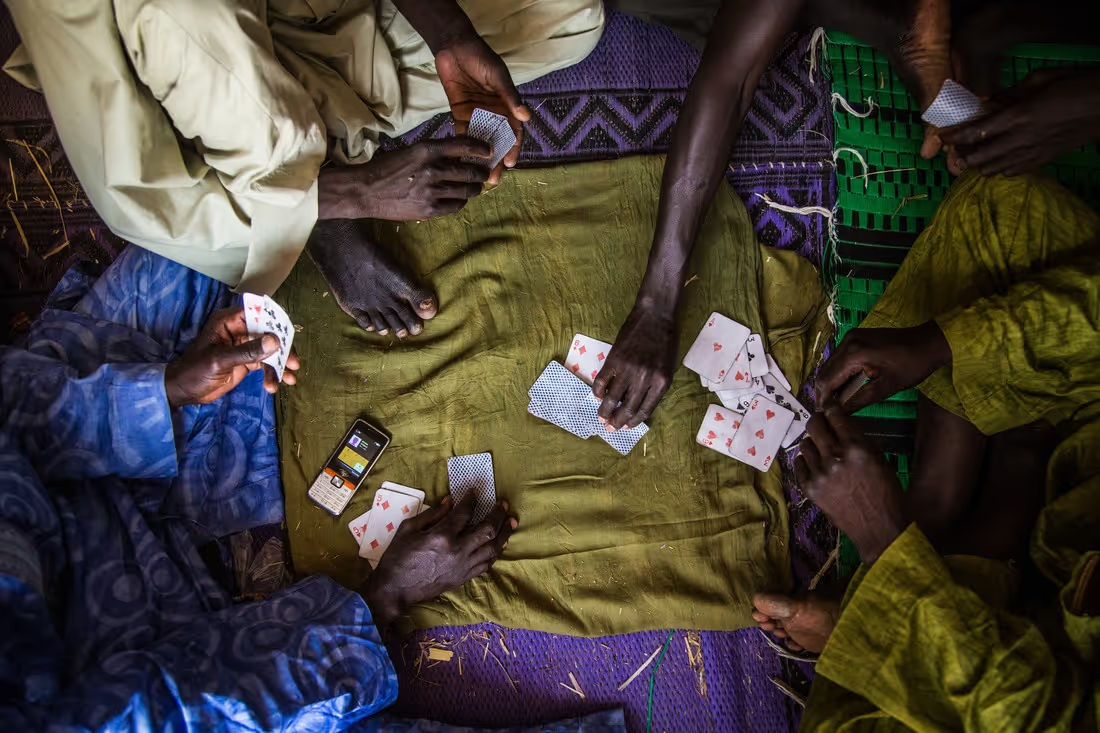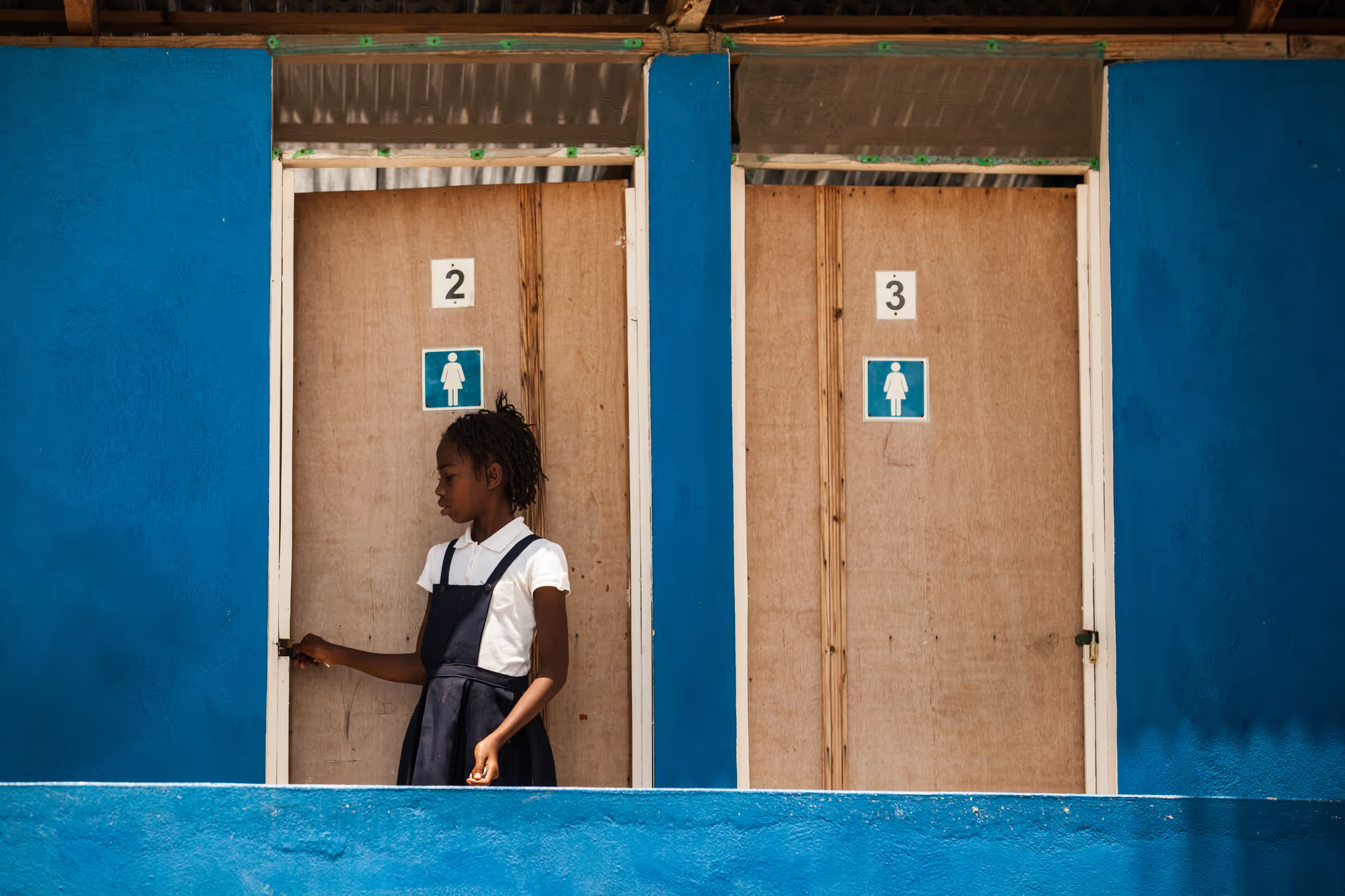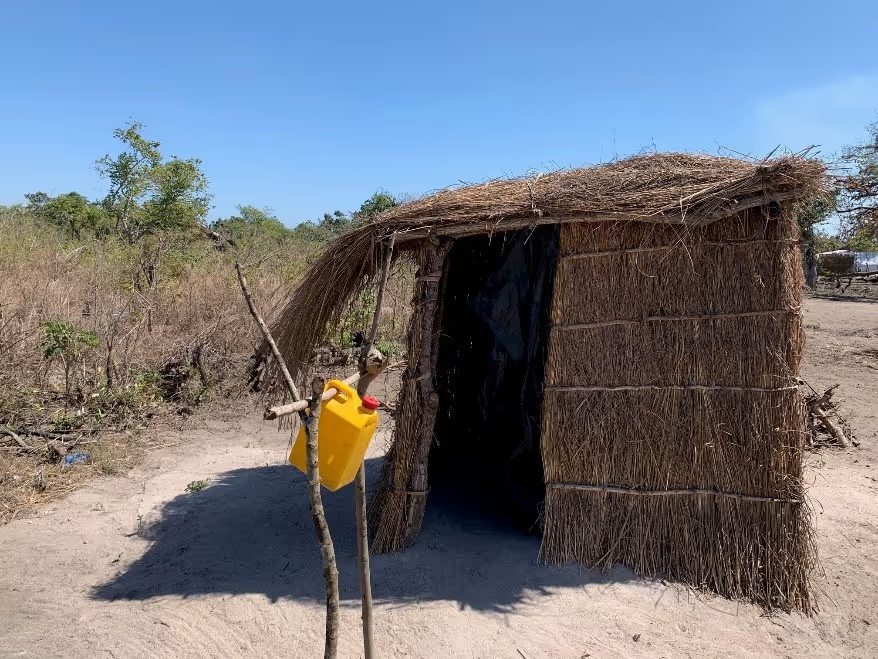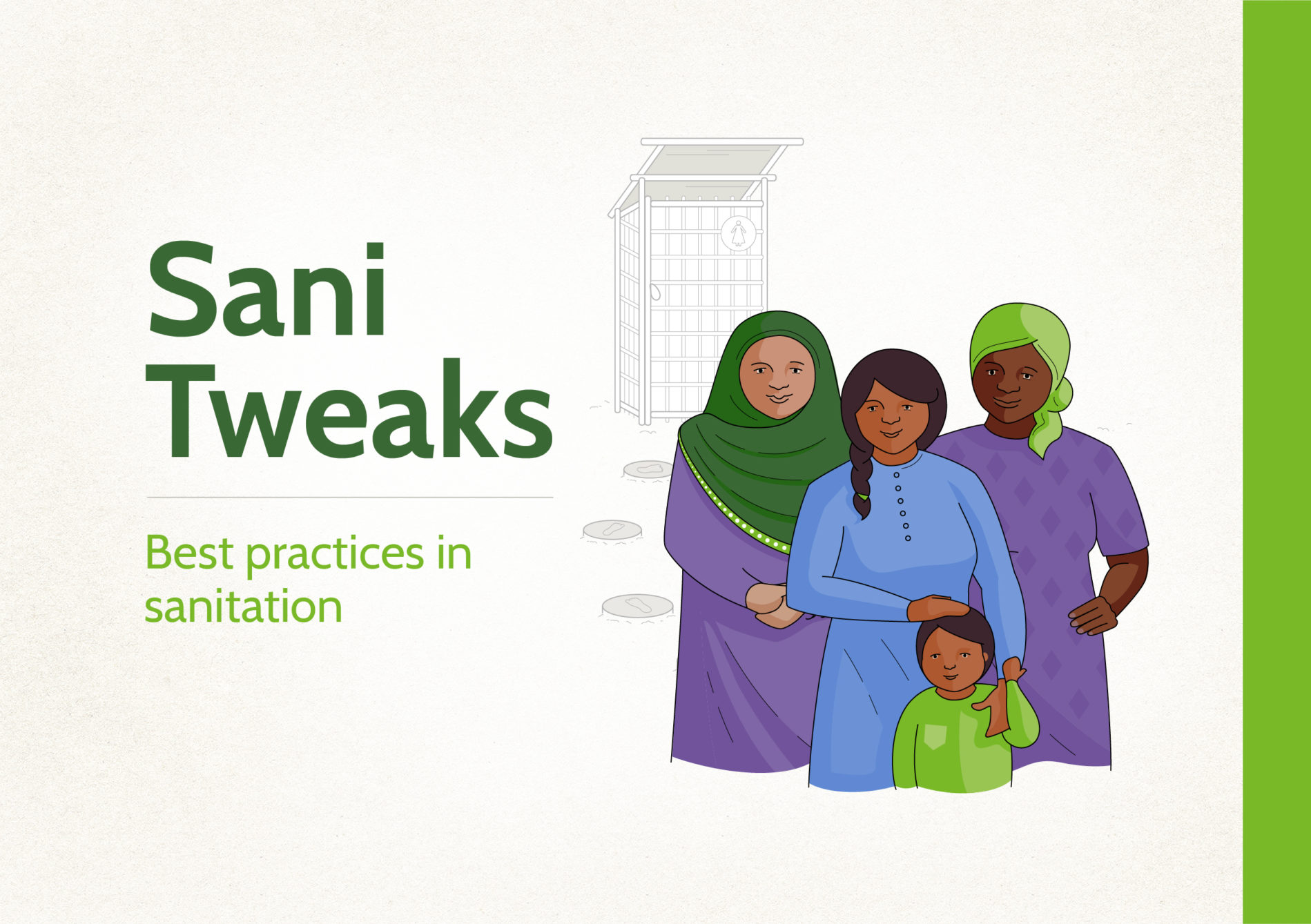Sani Tweaks diffusion for maximum impact at scale
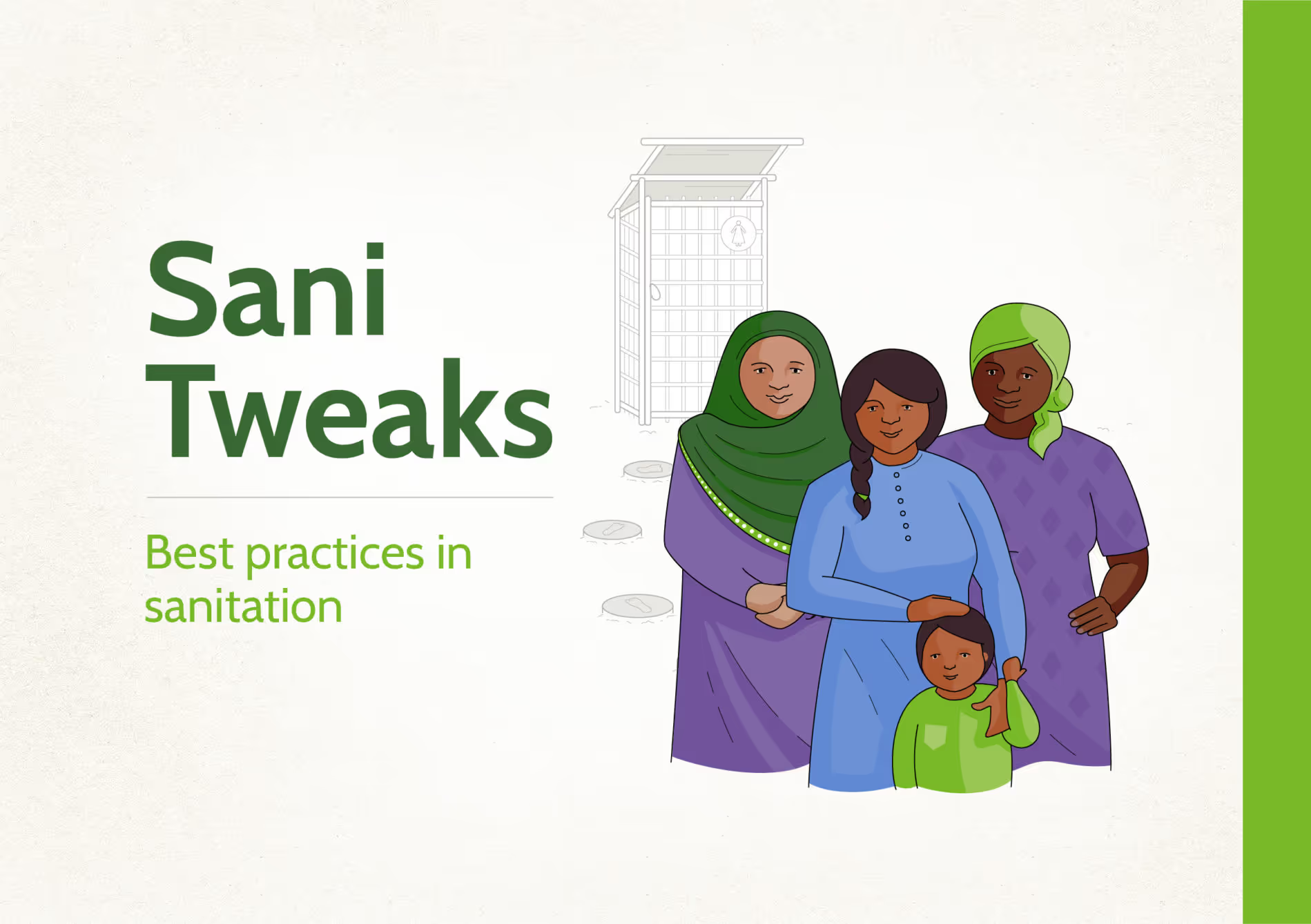
Project overview
Oxfam is applying learning from its sanitation lighting & user-centred design action-research to field-test and diffuse a new suite of creative ‘Sani Tweaks’ materials across the WASH sector – ultimately to increase emergency latrine user satisfaction and rates of latrine use.
Project solution
This project offers [specific solution or intervention] to tackle [challenge]. By implementing [strategies, tools, or innovations], the project aims to achieve [desired outcomes]. The approach is designed to [specific actions or methods] to bring about meaningful change in [community, region, or issue area].
Expected outcomes
This project aims to achieve [specific outcomes], such as [measurable results, improvements, or changes]. The expected impact includes [benefits to the target community, advancements in research or innovation, or long-term effects]. By the end of the project, we anticipate [specific changes or milestones] that will contribute to [broader goals or objectives].
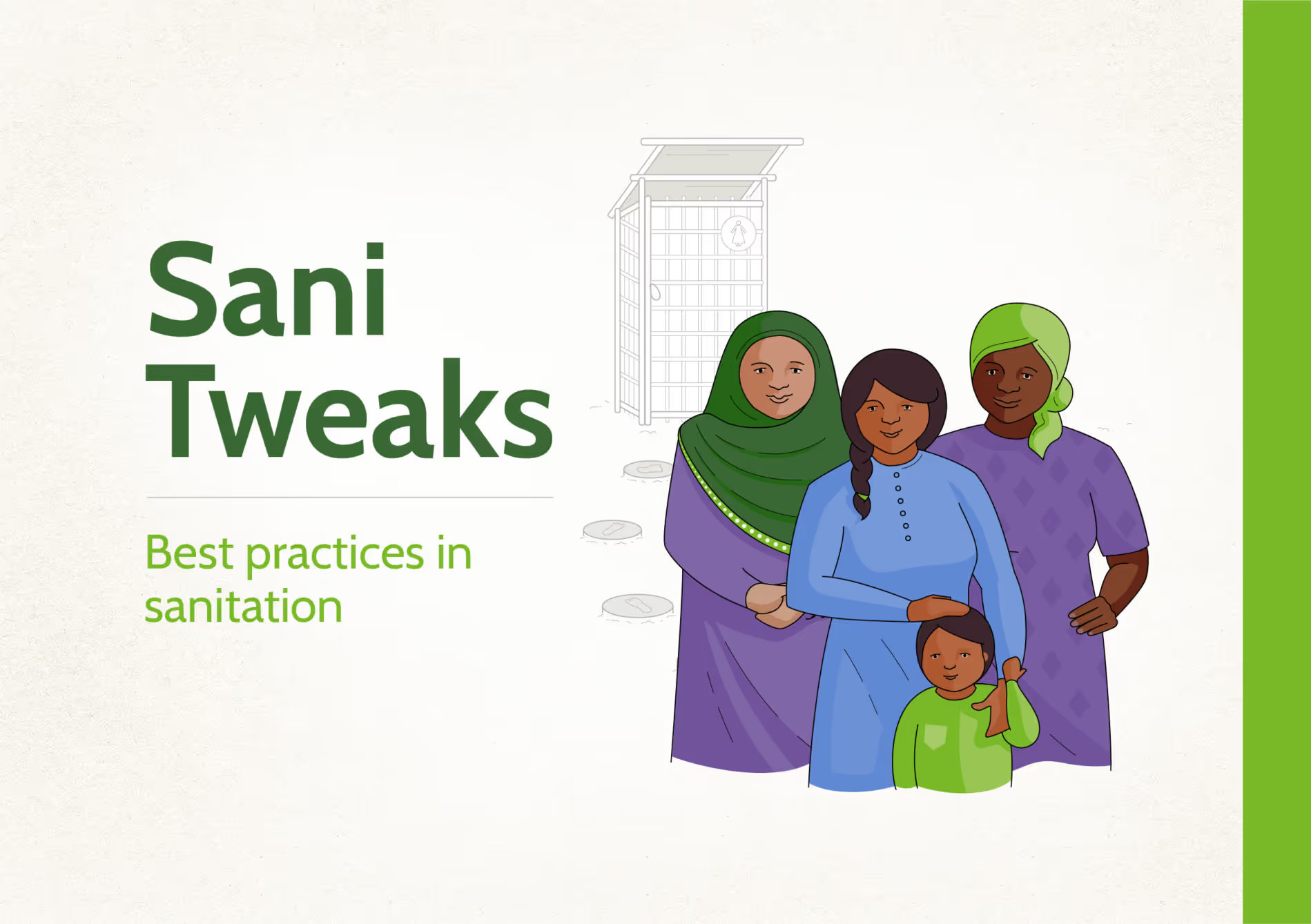
What is the humanitarian need?
In most responses, there is inadequate consultation before latrines are constructed, little/no specific feedback mechanism on the latrine and poor monitoring - emphasising quantity over quality.
With a first phase of funding from Elrha’s Humanitarian Innovation Fund (HIF), Oxfam’s Sanitation Lighting research found an average 40% women not using agency latrines - even in daylight. This shows a significant discrepancy between technical standards, what specific user groups want and need, and how programmes are designed and implemented. Consequently, people (mostly female) resort to open defecation/use vessels that are not properly cleaned/disposed of, with huge health implications (diarrhoea rates). Equally worrying is the link between poor quality latrines and risk of sexual abuse.
What is the innovative solution and how will it improve existing humanitarian practice?
Following this research, in 2019, Oxfam GB was awarded a second grant from the HIF’s diffusion call to support the scaling of this intervention. The Sani Tweaks concept proposes latrines should be built rapidly involving community groups in first phase/rapid onset emergencies, but using a good enough approach – rapid, structured and inclusive. Next, latrine quality standards should be “tweaked” and improved, informed by in-depth consultation processes and an understanding of power, social dynamics, people’s preferences and coping mechanisms to adjust designs, materials, maintenance and usage models.
Oxfam’s Sani Tweaks materials (checklist, illustrated booklet, animation and video series) are designed to help all agencies’ field staff implement programmes in a way that ensures all people targeted use the latrines – in the short and long term. With HIF support, it will disseminate these materials (and more) creatively to the global WASH sector, improving how sanitation programmes are implemented, increasing latrine usage and dignity in use - especially for women and girls.
What are the expected outcomes?
This project is ultimately about increasing latrine user satisfaction and rates of latrine use – especially among women and girls – at scale, through WASH field staff.
This project will have a direct, positive impact on the health of humanitarian camp residents due to less faecal matter in the environment.
It will increase the dignity and well being of all latrine users, especially women and girls.
It will disseminate a field-tested suite of Sani Tweaks materials in a variety of formats (e.g. short videos/podcasts, animations, images, booklet), and accessible through a variety of means to suit different learning styles of field WASH staff.
These materials will be made available to all agency WASH staff with the intention of influencing global emergency sanitation programming.
Project delivery & updates
Stay up to date with the latest developments from this project. Here, you will find details on what has been delivered, resources created, and regular updates as the project progresses. Access key documents, reports, and other materials to see how the project is making an impact.
